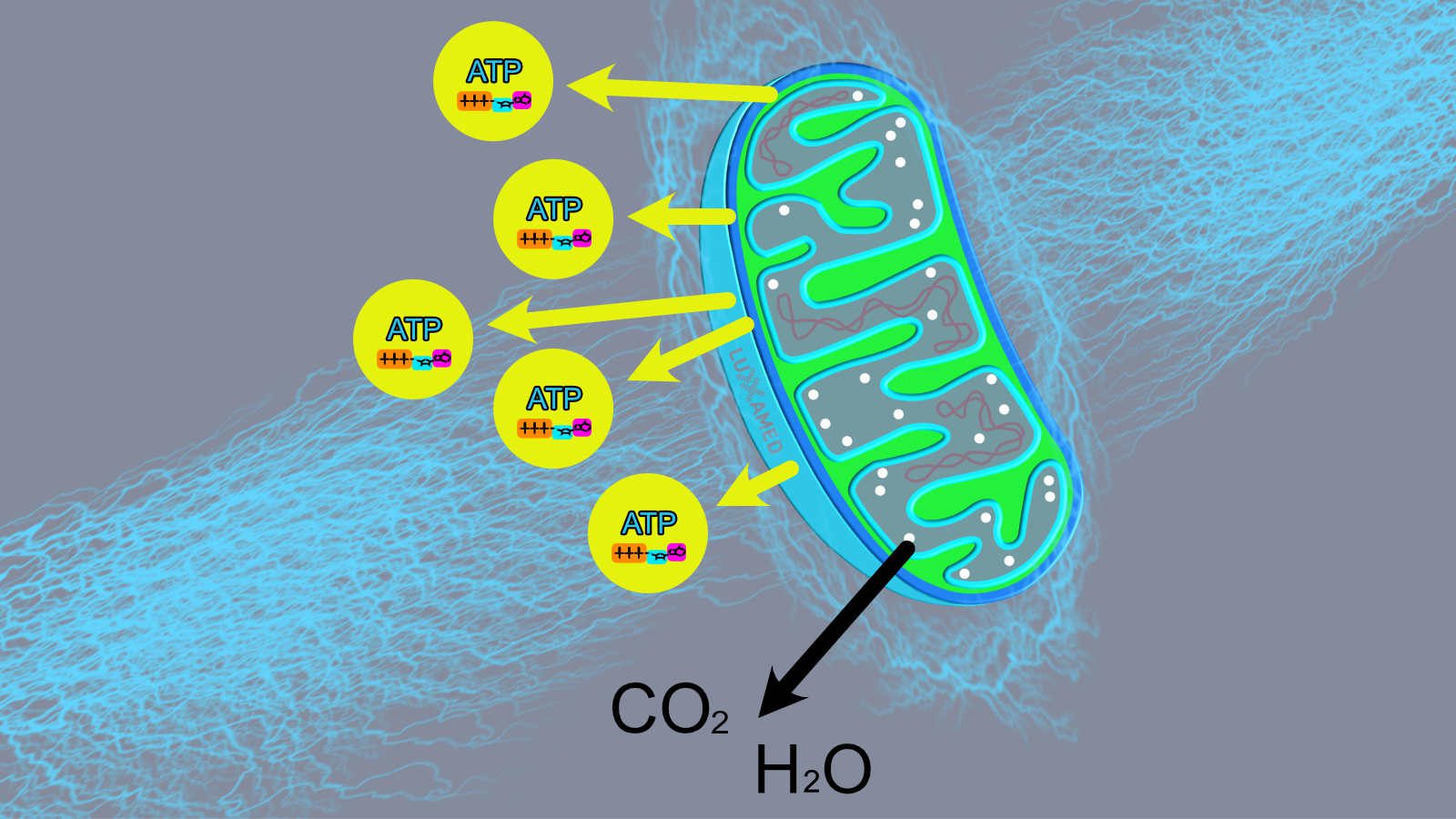Dieser Beitrag ist auch verfügbar auf:
![]() Deutsch
Deutsch ![]() Italiano
Italiano
ATP Studie und die Mikrostromtherapie
Kurze Zusammenfassung zur wohl meist zitierten Studie zum ATP und dem Mikrostrom

Dieser Beitrag ist auch verfügbar auf:
![]() Deutsch
Deutsch ![]() Italiano
Italiano

You are currently viewing a placeholder content from Facebook. To access the actual content, click the button below. Please note that doing so will share data with third-party providers.
More InformationYou are currently viewing a placeholder content from Instagram. To access the actual content, click the button below. Please note that doing so will share data with third-party providers.
More InformationYou need to load content from hCaptcha to submit the form. Please note that doing so will share data with third-party providers.
More InformationYou need to load content from reCAPTCHA to submit the form. Please note that doing so will share data with third-party providers.
More InformationYou are currently viewing a placeholder content from Turnstile. To access the actual content, click the button below. Please note that doing so will share data with third-party providers.
More InformationYou are currently viewing a placeholder content from X. To access the actual content, click the button below. Please note that doing so will share data with third-party providers.
More Information